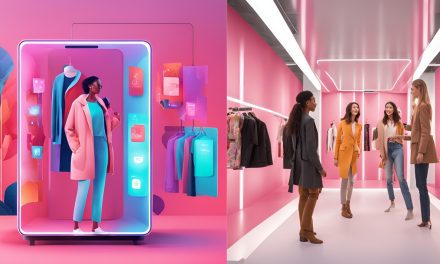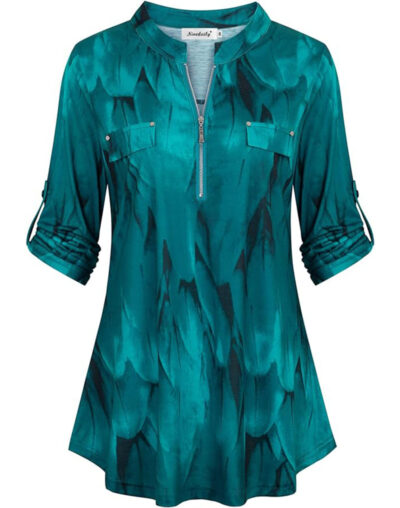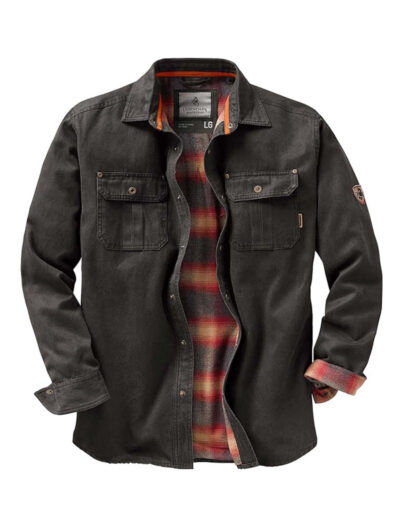Who would’ve thought that a global pandemic could change the way we dress, shop, and view fashion? Well, surprise—COVID-19 didn’t just flip the fashion world on its head; it threw in a few spins, a backflip, and made us rethink everything from fashion shows to supply chains.
The industry, which once relied on runway spectacles and in-store shopping sprees, had to quickly embrace the digital age like a model in a new collection. From virtual fashion shows to e-commerce taking center stage, the pandemic has forced brands to adapt or risk being left in the dust.
While some challenges were inevitable, the creativity that emerged has reshaped the future of fashion. And, it’s a future that looks a lot more digital, sustainable, and, yes, a bit more virtual too!
What Are the Challenges Faced by Fashion Brands and Retailers?
Fashion brands and retailers have encountered a myriad of challenges during the pandemic. These include:
- Disruptions in supply chains
- Shifts in the retail industry landscape
- The complexities of integrating sustainable practices and engaging with online marketplaces
These challenges have forced fashion brands and retailers to rethink their strategies in response to the volatile market conditions. They have had to reevaluate sourcing and production methods and adopt digital retail solutions. Some have also resorted to eco-friendly initiatives to meet the evolving consumer demands.
The shift towards e-commerce has accelerated. It has compeled businesses to enhance their online presence while ensuring a seamless omnichannel experience for customers.
How Have Fashion Shows and Events Adapted to the Pandemic?
In response to the pandemic, fashion shows and events have undergone a significant adaptation. More specifically, they are embracing digitalization, virtual showcases, innovative business models and experiential retail. They are also enhancing online brand presence to ensure continued engagement with audiences.
This shift towards digitalization has paved the way for the emergence of virtual fashion shows. Thanks to this, designers can showcase their collections through innovative technological platforms. This, in turn, offers audiences a front-row seat to the latest trends from the comfort of their homes.
Brands have also leveraged this opportunity to explore innovative business models. The result has been immersive and interactive experiences through experiential retail and pop-up events. There’s also an increased focus on enhancing online brand presence to connect with a wider global audience.
Key Takeaway
The pandemic has undeniably reshaped the fashion industry in profound ways. From supply chain disruptions to the rise of virtual fashion shows, the industry has adapted at lightning speed. While challenges have been plenty, innovation has led the way forward, pushing brands to rethink their strategies.
The digital era is here to stay, bringing sustainability and creativity to the forefront. As fashion continues to evolve, one thing is clear: the industry will never be the same.
Want more insights on how the pandemic changed fashion? Visit You’re In Style and stay ahead of the curve. More exciting updates coming soon!












